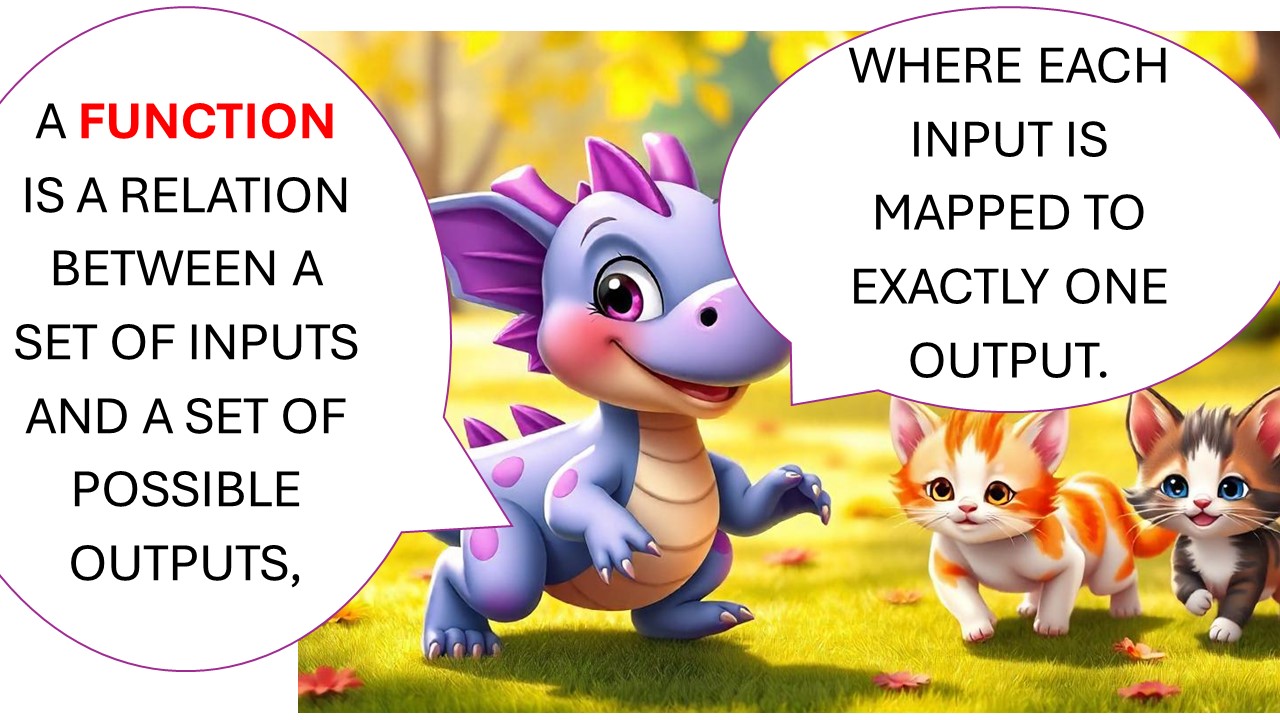A subspace is a subset of a vector space, and it is itself a vector space with addition and scalar multiplication operations defined the same way as in the original vector space. This means that all characteristics and properties of the original vector space are preserved in the subspace, allowing us to apply mathematical theories and methods that have been developed for the original vector space. Furthermore, subspaces provide a powerful approach to studying problems related to geometry and algebra, opening up many possibilities for applications in fields such as physics, engineering, and computer science.
Here are examples of subspaces in linear algebra, which are subsets of a vector space that satisfy the properties of being a vector space themselves:
Example 1: Subspace of 
Let , the set of all 3-dimensional vectors.
Define a subset as:
Verifying  is a subspace:
is a subspace:
- Contains the zero vector: The zero vector
satisfies
, so
.
- Closed under addition: If
and
, then:
and:
So.
- Closed under scalar multiplication: If
and
, then:
and:
So.
Since all conditions are satisfied, is a subspace of
.
Example 2: Subspace of 
Let , the set of all 2-dimensional vectors.
Define a subset as:
Verifying  is a subspace:
is a subspace:
- Contains the zero vector: The zero vector
satisfies
because
. Thus,
.
- Closed under addition: If
and
, then:
and sinceand
:
Thus,.
- Closed under scalar multiplication: If
and
, then:
and. Thus,
.
Since all conditions are satisfied, is a subspace of
.
Example 3: Subspace of  , the space of
, the space of  matrices
matrices
Let , the set of all
matrices with real entries.
Define a subset as:
where is the sum of the diagonal entries of
.
Verifying  is a subspace:
is a subspace:
- Contains the zero matrix: The zero matrix
satisfies
, so
.
- Closed under addition: If
, then
. Thus,
.
- Closed under scalar multiplication: If
and
, then
. Thus,
.
Since all conditions are satisfied, is a subspace of
.
Example 4: Trivial Subspaces
- The zero subspace
is always a subspace of any vector space because it satisfies all subspace properties trivially.
- The entire vector space
is also a subspace of
.
Example 5: Subspace of Polynomials
Let be the space of all polynomials of degree at most 3:
Define a subset as:
Verifying  is a subspace:
is a subspace:
- Contains the zero polynomial: The zero polynomial
satisfies
, so
.
- Closed under addition: If
, then
and
. For
:
Thus,.
- Closed under scalar multiplication: If
and
, then
. Thus,
.
Since all conditions are satisfied, is a subspace of
.
Non-Examples:
A plane in that does not pass through the origin is not a subspace.
A set of vectors that does not include the zero vector is not a subspace because it fails to meet one of the fundamental requirements for being a subspace.
For example: Consider a vector space . Let’s say we have a set
consisting of all vectors of the form
where
and
are real numbers, but the zero vector
is excluded.
- If
is in
, then
must also be in
, and their sum
must also be in
.
- Since
is not in
,
fails to be a subspace.
Without the zero vector, the set cannot satisfy these necessary conditions, thereby disqualifying it as a subspace.
Discover more from Science Comics
Subscribe to get the latest posts sent to your email.
